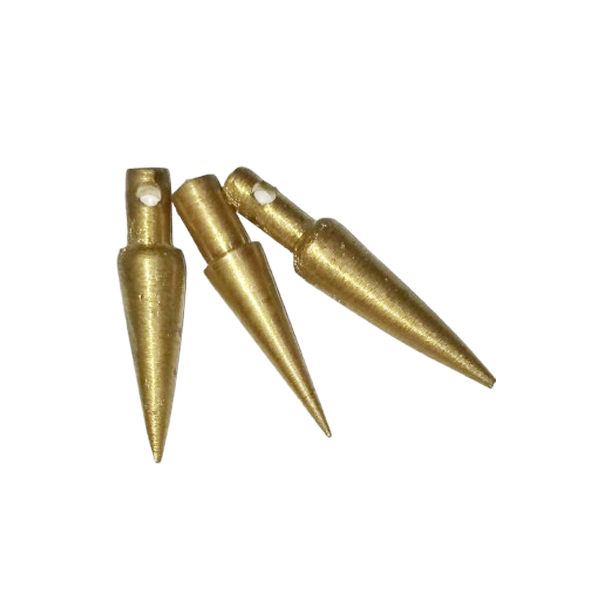Plumb line in Construction and Surveying
What Is a Plumb Line?
A is a string with a weight (plumb bob) attached to one end. When the weight hangs freely, it aligns perfectly in a vertical direction. This tool is essential for measuring and ensuring that structures, such as walls and posts, are level. Builders and surveyors trust the for its precision, despite the availability of newer technologies.
A Brief History of the Plumb Line
The plumb line has been in use for thousands of years. Ancient Egyptians used it to align the massive stones in the pyramids. Over time, it spread through cultures like the Greeks and Romans, who applied it in their architectural feats. Today, the tool has evolved slightly, but its basic function remains unchanged.
How Does the Plumb Line Work?
The plumb line relies on gravity. The weight pulls the string straight down, providing a clear reference for vertical alignment. This simple mechanism makes it an incredibly effective tool. Whether framing a building or installing plumbing, the ensures that everything remains perfectly vertical.
Modern Uses of the Plumb Line
While digital tools have become more common, the plumb line still plays a key role in various construction tasks.
1. Building and Framing
When constructing buildings, it is vital that walls and columns are vertically aligned. Builders use the to check the alignment. If the structure isn’t perfectly vertical, adjustments are made before continuing.
2. Surveying
Surveyors use the to establish reference points for land boundaries and construction sites. It helps in setting levels and marking positions accurately.
3. Plumbing Installations
For plumbing systems to work properly, pipes need to be installed vertically. A ensures the pipes remain aligned and will function as intended.
4. Aligning Fixtures
When installing doors, windows, and other fixtures, professionals rely on the to ensure perfect vertical alignment.
Why the Plumb Line Still Matters
Some may wonder why the still used today, given the advanced technology available. Despite digital alternatives, the remains valuable for its simplicity, precision, and affordability. It is portable, reliable, and provides instant results without complicated setups.
Benefits of Using a Plumb Line
1. Precision
The delivers exact vertical alignment, eliminating guesswork. Its reliability is unmatched, even in modern settings.
2. Cost-Effective
Compared to digital measuring tools, the is inexpensive. This affordability makes it accessible to both professionals and DIY enthusiasts.
3. Portability
The is lightweight and easy to transport, making it ideal for any worksite, no matter how remote.
4. Versatility
From large construction projects to small home repairs, the plumb line is useful for a variety of tasks. It helps ensure that everything from walls to fixtures are properly aligned.
Conclusion
The remains a crucial tool in construction, despite the rise of digital technologies. Its simple yet effective design continues to help professionals ensure accuracy. Whether for building, surveying, or plumbing, this timeless tool plays a key role in maintaining verticality and stability. As much as technology has advanced, the’s reliability makes it indispensable on any job site.
This version reduces passive voice, shortens sentence length, and optimizes the keyphrase use without overdoing it. Let me know if you’d like any further adjustments!
